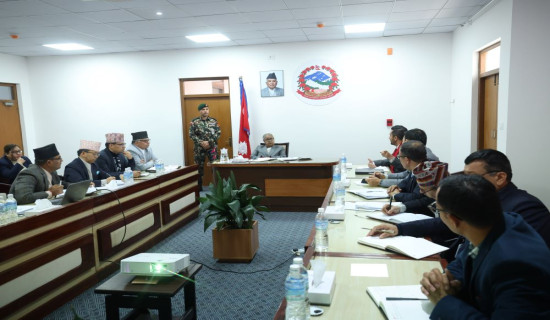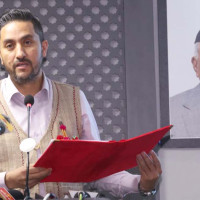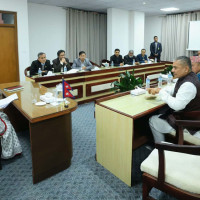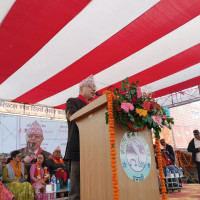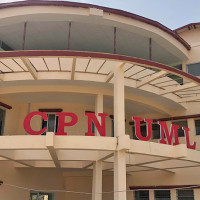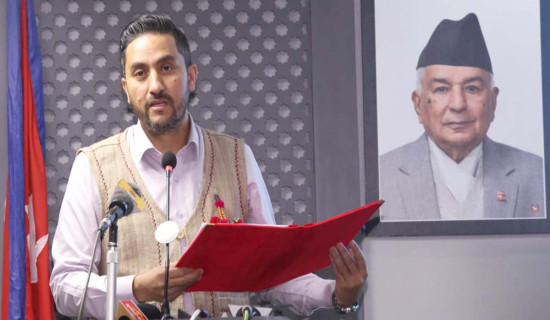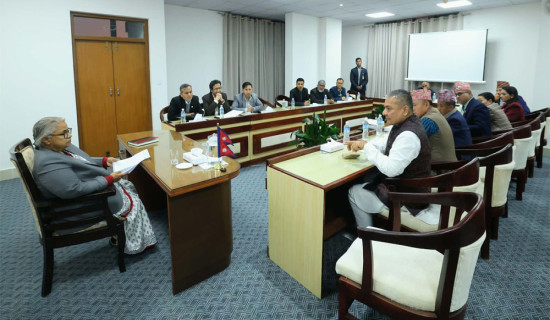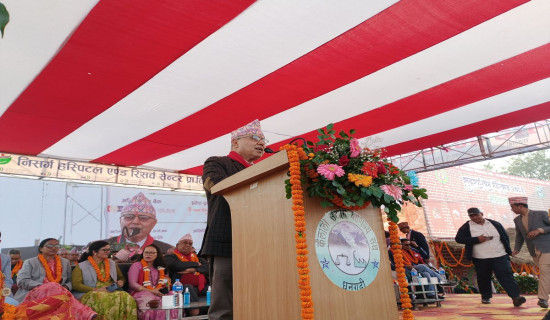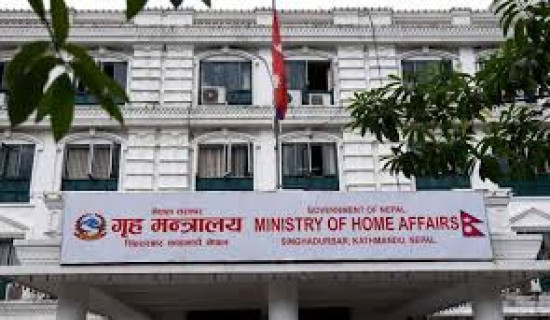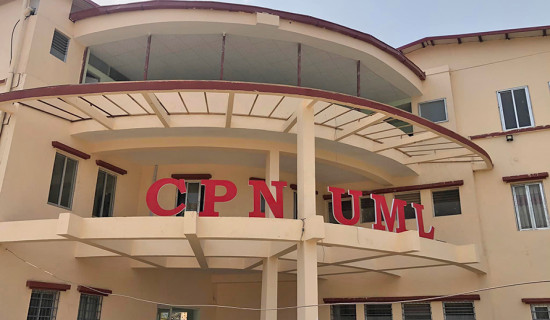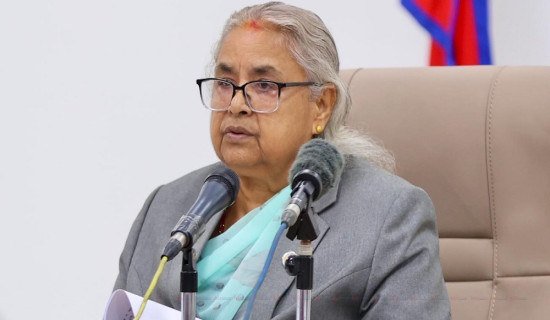- Tuesday, 9 December 2025
Bus Ride Ordeal In Kathmandu
Travelling by public bus — the daily mode of transport for countless students in Kathmandu — is anything but enjoyable. For many, it feels more like a nightmare. On any given day, Kathmandu’s roads are filled with red and green buses, especially along the Ring Road.
At first glance, it looks like the streets are painted with those colours. Conductors hang out of the bus doors, shouting, “Koteshwor, Gaushala, Chabahil,” trying to convince people to board. It might seem amusing to watch from a distance, but once you start commuting daily, you realise just how exhausting and chaotic it is.
Buses running on the Ring Road are more frequent, so the struggle might not be as obvious there. But the real challenge begins once you travel beyond the Ring Road — to places like Putalisadak, Bagbazaar, Kirtipur, Mulpani, or Bhaktapur — where buses are fewer and far more crowded. Sometimes, there's barely enough space even to stand.
Let me share my personal experience. I live in Rarahill, Kirtipur, and I take a bus that comes from Machchhegaun. These buses are infrequent, so I often have to wait 15–20 minutes for one to arrive. But even after waiting, there’s no guarantee I’ll be able to get on. Often, the buses are already packed from Bhatkepati, and by the time they reach Rarahill, people are literally hanging off the doors. Many times, I’ve had to cling to the door with one hand, trying my best to stay steady. This isn’t just my story—it’s the daily reality for students, office workers, and many others who commute from this area.
It might sound funny, but once we finally get off the bus, our clothes are dusty, our shoes are stepped on, and our pants are smudged with dirt. We can’t even wear our favourite shoes or outfits while commuting — there’s just no way to keep them clean. During the summer, the situation becomes even more unbearable due to the heat and the overwhelming smell of sweat from the packed crowd.
The return journey is no better. After finishing our day, everyone rushes to get back home, and the situation repeats itself. Especially after 4 pm, it's nearly impossible to find a comfortable spot on the bus. We’re already tired from the day’s work, and the pushing, sweating, and crowding make it worse. Pickpocketing is also a constant threat in the cramped buses. As a girl, the experience is even more distressing. It feels incredibly uncomfortable when men stand too close or bump into us in the crowd. The space is so tight that it’s hard to tell whether it’s intentional or not, and that uncertainty makes the ride even more frightening.
It’s the shared experience of nearly every student, employee, and commuter in Kathmandu who relies on public buses. And it doesn’t have to be this way. There’s plenty of room for improvement. The government can increase the number of buses in areas where they are overcrowded and insufficient. They could also regulate the number of passengers allowed on board to ensure a safer and more comfortable ride. With better planning and management, public bus travel wouldn’t have to be a nightmare—it could become a pleasant part of our daily routine.



